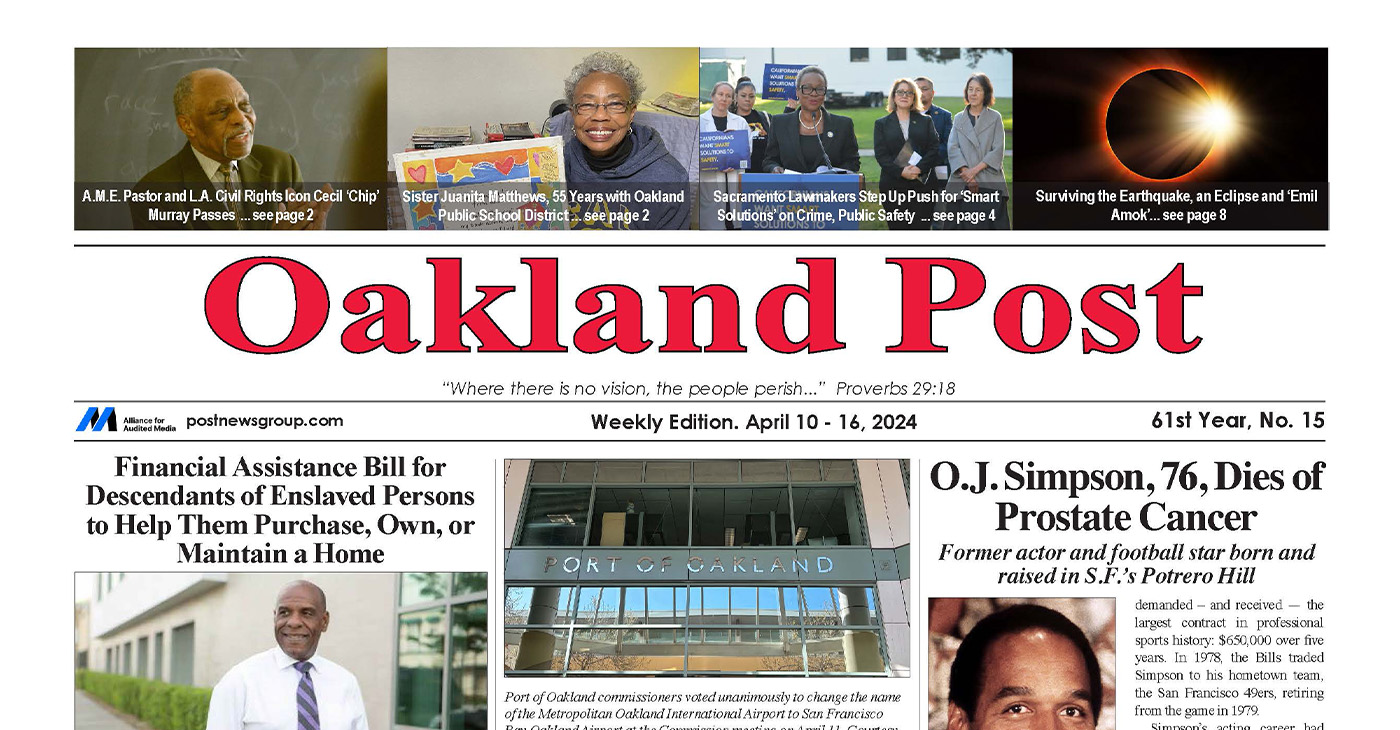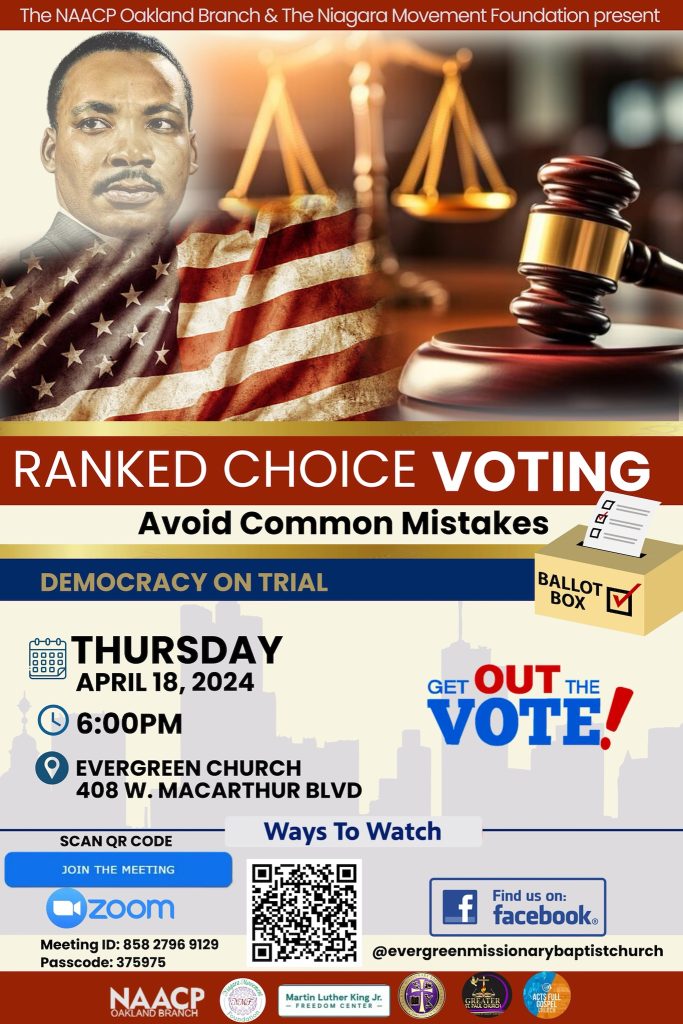Books
Former Sheriff and Mayor Pens Book About His ‘Legendary Life’
THE TENNESSEE TRIBUNE — Jim McCarter sat quietly in a packed room thumbing through a recently published book that he’d purchased at Novel Memphis minutes before the author’s 6 p.m. book talk and signing Thursday, March 28. While waiting on the former Shelby County sheriff and mayor William Noel “Bill” Morris to address the capacity crowd, an age-old photograph on page 181 in the book, “Bill Morris: A Legendary Life,” caught McCarter’s attention.
By Wiley Henry
MEMPHIS, TN — Jim McCarter sat quietly in a packed room thumbing through a recently published book that he’d purchased at Novel Memphis minutes before the author’s 6 p.m. book talk and signing Thursday, March 28.
While waiting on the former Shelby County sheriff and mayor William Noel “Bill” Morris to address the capacity crowd, an age-old photograph on page 181 in the book, “Bill Morris: A Legendary Life,” caught McCarter’s attention.
“That’s my picture. I had to look at it closely,” said McCarter, who’d granted Morris permission to use the vintage photograph. “I showed the picture to Bill and he said he wanted to use it in the book.”
McCarter was pleasantly surprised that Morris had actually used the photograph.

Former Shelby County sheriff and mayor William Noel “Bill” Morris discusses his new book, “Bill Morris: A Legendary Life,” at Novel Memphis. (Photo by: Wiley Henry)
The black and white photograph captures the moment in time when a bundle – wrapped in a bedspread and containing an overnight bag, binoculars, suitcase, and the rifle that James Earl Ray had reportedly used to kill Dr. Martin Luther King Jr. – was discovered at the entryway of Canipe’s Amusement Company at 424 South Main St.
Morris can be seen through the plate-glass window questioning the owner of the amusement company, Mr. Guy Canipe, which was next door to the boarding house and one street over from The Lorraine Motel on Mulberry where the shot rang out.
McCarter said he was around 17 or so when the photograph was snapped in 1968, minutes after a young sheriff Morris made the scene. McCarter would eventually become Canipe’s son-in-law after marrying his daughter.
The aforementioned photograph along with the widely published photograph of Morris escorting the accused handcuffed assassin to court catapulted the young sheriff into the national spotlight.
Even so, Morris employed the audience to read the book rather than provide too many details.
The book is loaded with historical accounts and information of Morris’ exploits in government – as sheriff during an era when pandemonium erupted over Dr. King’s death, and when he was the four-term Shelby County mayor.
The book also includes Morris and community stakeholders, decision makers, pioneers and legends, including his pal Elvis Presley. Add to that Morris’ affiliations, civic involvement, and his role as an unofficial ambassador for the city of Memphis.
“The last 60 years…there has been a lot of history,” said Morris, explaining his reasons for penning his autobiography. “Some of the history should be recorded differently than [what was covered in] the media.”
Morris pointed out that the arduous writing project began several years ago in his mind before meeting his co-writer, Darrell B. Uselton, who transcribed 268 recordings before working with Morris on is 400-plus-page autobiography.
“It was a little over two years in the process and sometime before that,” said Uselton matter-of-factly, recalling the interview and the laborious writing process. In addition to the writing, the book is punctuated with more era photographs than the ones of Ray that made Morris a household name.
Just to give the audience even more of a peep into the book, Morris dropped a few names, including the infamous mayor Edward Hull “Boss” Crump. Crump – not Trump, he joked – built a political machine that dominated Memphis and Tennessee politics for decades.
“Mr. Boss Crump was one of the most marvelous persons I ever met,” he said. “He was good to me.”
The name Richard C. “Dick” Hackett kept coming up in Morris’ discussion about his work in government. He said he and Hackett had often traveled together to bring business to Memphis.
“We were successful because we worked hard,” said Morris, crediting Hackett with working with him to bring industry and jobs to Memphis and Shelby County. “We believed Memphis could be better.”
As a result of their efforts, Morris added, “I think the community is working better than we ever had compared to Washington.”
“Bill Morris: A Legendary Life” is an important read for those with an appetite for history and compassion for one man’s enduring journey from Itawamba County, Mississippi, to Memphis, where his legacy is anchored.
He eventually raised himself up from the depths of adverse poverty to become an important figure in the political and historic annals of Memphis and Shelby County.
“It’s the best I can do to tell the truth,” he said. “You can’t write an autobiography unless you tell the truth.”
This article originally appeared in The Tennessee Tribune.
Book Reviews
Book Review: Books for Poetry Month by Various Authors
Picture books for the littles are a great way to introduce your 3-to7-year-old to poetry because simple stories lend themselves to gentle rhymes and lessons. “See You on the Other Side” by Rachel Montez Minor, illustrated by Mariyah Rahman (Crown, $18.99) is a rhyming book about love and loss, but it’s not as sad as you might think.
c.2023, 2024, Various Publishers
$18.99 – $20.00
By Terri Schlichenmeyer
On your hands, you have lots of time.
You can make a song, or you can make a rhyme. Make a long story, make a short one, write what you like, make it simple and fun. Writing poetry uses your imagination: you play with words, paint a picture. There’s no intimidation. Creating poetry can be a breeze, or just reach for and read books exactly like these…
Picture books for the littles are a great way to introduce your 3-to7-year-old to poetry because simple stories lend themselves to gentle rhymes and lessons. “See You on the Other Side” by Rachel Montez Minor, illustrated by Mariyah Rahman (Crown, $18.99) is a rhyming book about love and loss, but it’s not as sad as you might think.
In this book, several young children learn that losing someone beloved is not a forever thing, that it is very sad but it’s not scary because their loved one is always just a thought away. Young readers who’ve recently experienced the death of a parent, grandparent, sibling, or friend will be comforted by the rhyme here, but don’t dismiss the words. Adults who’ve recently lost a loved one will find helpful, comforting words here, too.
Flitting from here to there and back again, author Alice Notley moves through phases of her life, locations, and her diagnosis and treatment of breast cancer in her latest poetry collection, “Being Reflected Upon” (Penguin, $20.00). From 2000 to 2017, Notley lived in Paris where she wrestled with breast cancer. That, and her life abroad, are reflected in the poetry here; she also takes readers on a poetic journey on other adventures and to other places she lived and visited. This book has a random feel that entices readers to skip around and dive in anywhere. Fans of Notley will appreciate her new-age approach to her works; new fans will enjoy digging into her thoughts and visions through poems. Bonus: at least one of the poems may make you laugh.
If you’re a reader who’s willing to look into the future, “Colorfast” by Rose McLarney (Penguin, $20.00) will be a book you’ll return to time and again. This, the author’s fourth collection, is filled with vivid poems of graying and fading, but also of bright shades, small things, women’s lives yesterday and today, McLarney’s Southern childhood, and the things she recalls about her childhood. The poems inside this book are like sitting on a front porch in a wooden rocking chair: they’re comfortable, inviting, and they tell a story that readers will love discovering.
If these books aren’t enough, or if you’re looking for something different, silly, or classic, then head to your favorite bookstore or library. The ladies and gentlemen there will help you figure out exactly what you need, and they can introduce you to the kind of poetry that makes you laugh, makes you cry, entices a child, inspires you, gives you comfort, or makes you want to write your own poems. Isn’t it time to enjoy a rhyme?
Activism
Oakland Post: Week of April 10 – 16, 2024
The printed Weekly Edition of the Oakland Post: Week of April 10 – 16, 2024

To enlarge your view of this issue, use the slider, magnifying glass icon or full page icon in the lower right corner of the browser window. ![]()
Activism
Oakland Post: Week of April 3 – 6, 2024
The printed Weekly Edition of the Oakland Post: Week of April 3 – 6, 2024

To enlarge your view of this issue, use the slider, magnifying glass icon or full page icon in the lower right corner of the browser window. ![]()
-

 Activism4 weeks ago
Activism4 weeks agoOakland Post: Week of March 20 – 26, 2024
-

 #NNPA BlackPress3 weeks ago
#NNPA BlackPress3 weeks agoCOMMENTARY: D.C. Crime Bill Fails to Address Root Causes of Violence and Incarceration
-

 #NNPA BlackPress3 weeks ago
#NNPA BlackPress3 weeks agoMayor, City Council President React to May 31 Closing of Birmingham-Southern College
-

 #NNPA BlackPress3 weeks ago
#NNPA BlackPress3 weeks agoFrom Raids to Revelations: The Dark Turn in Sean ‘Diddy’ Combs’ Saga
-

 #NNPA BlackPress3 weeks ago
#NNPA BlackPress3 weeks agoCOMMENTARY: Lady Day and The Lights!
-

 #NNPA BlackPress3 weeks ago
#NNPA BlackPress3 weeks agoBaltimore Key Bridge Catastrophe: A City’s Heartbreak and a Nation’s Alarm
-

 #NNPA BlackPress3 weeks ago
#NNPA BlackPress3 weeks agoBaltimore’s Key Bridge Struck by Ship, Collapses into Water
-

 Activism3 weeks ago
Activism3 weeks agoOakland Post: Week of March 27 – April 2, 2024




















































